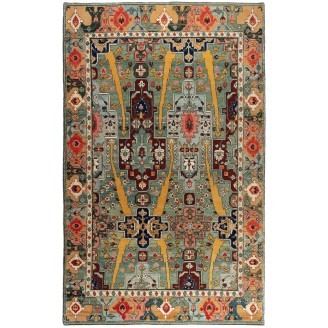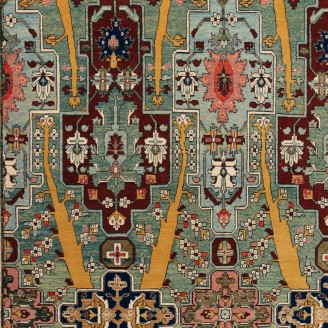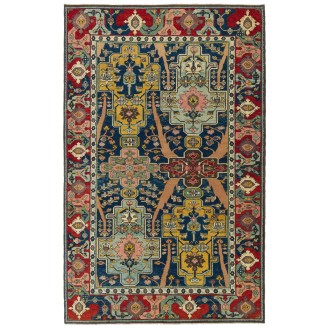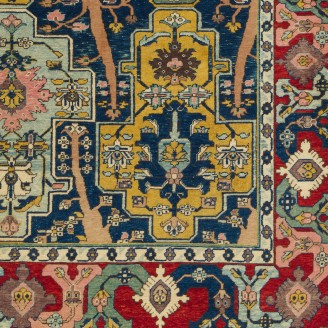The Barbieri Tree Design Carpet
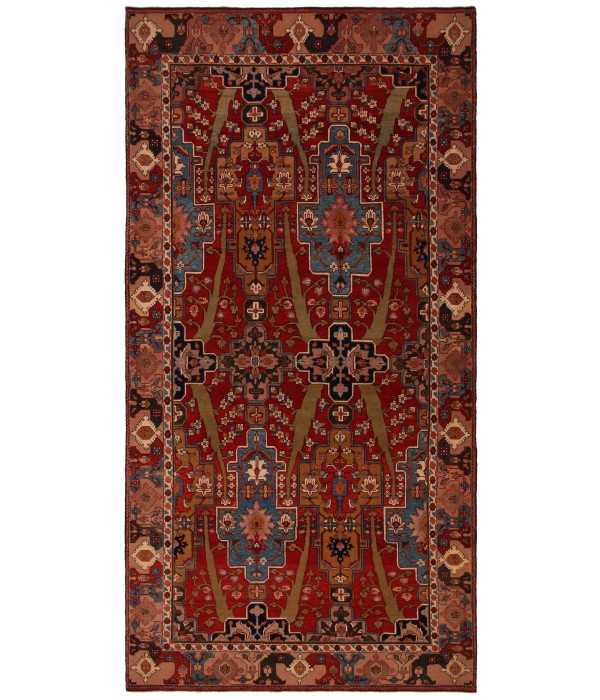
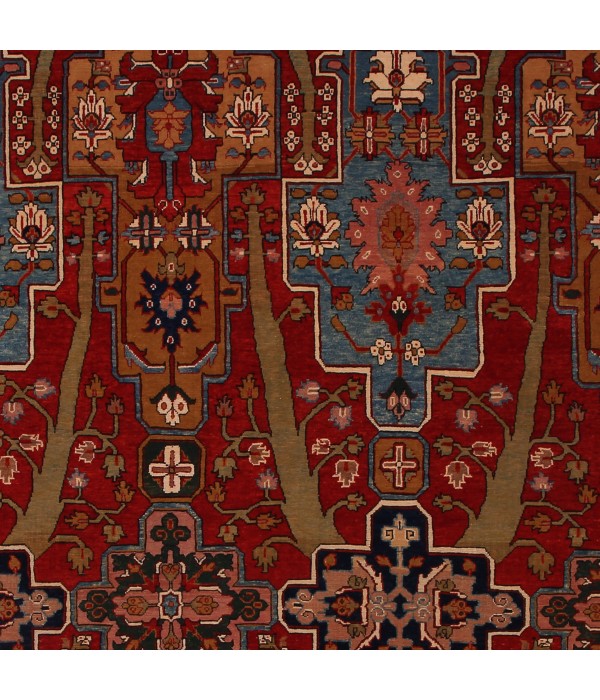
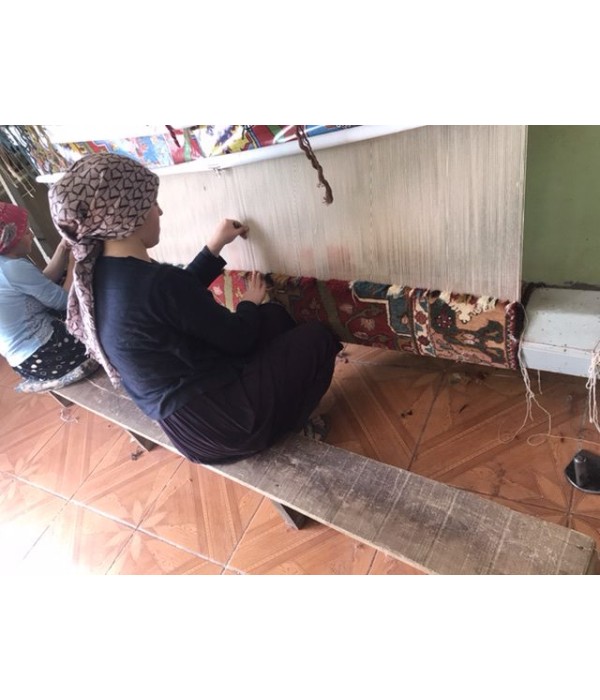
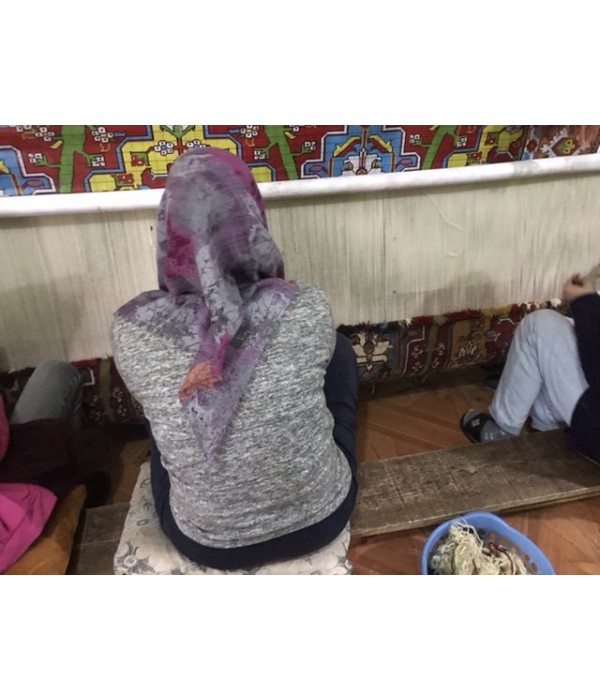
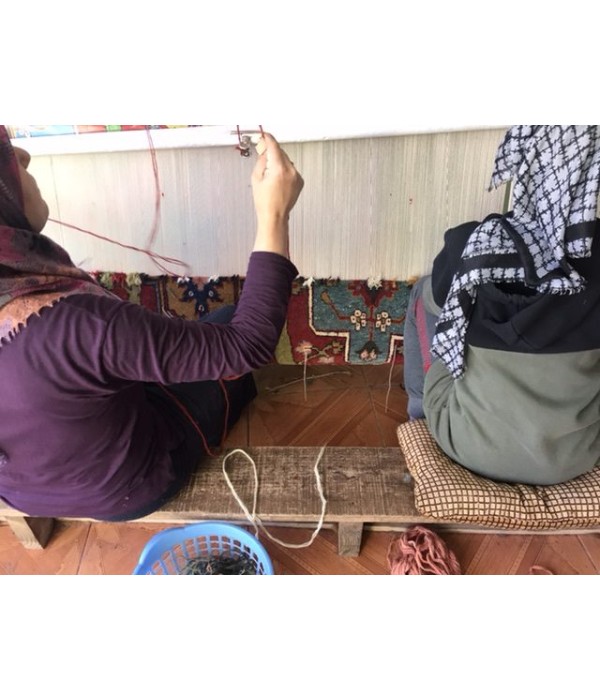
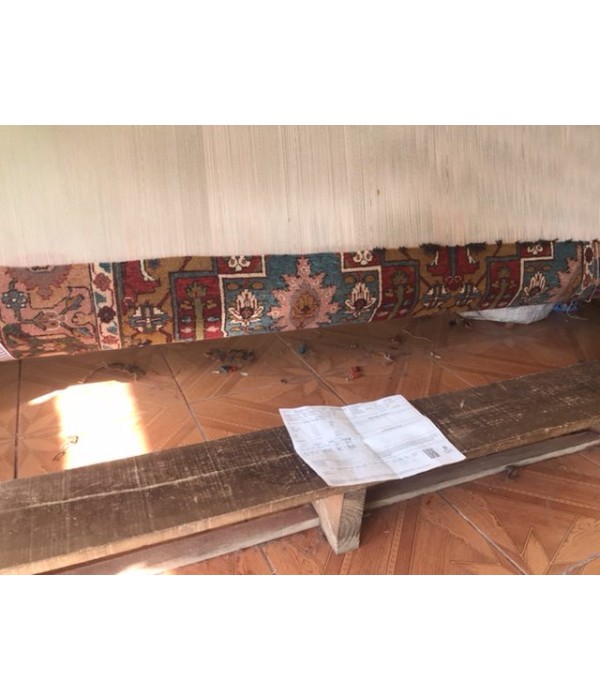
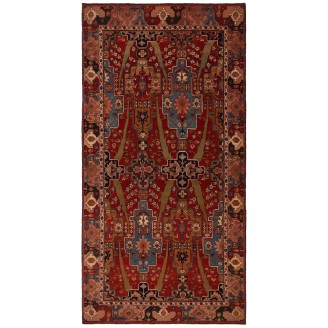
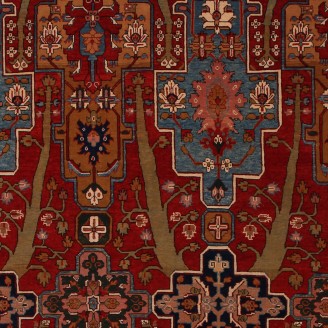
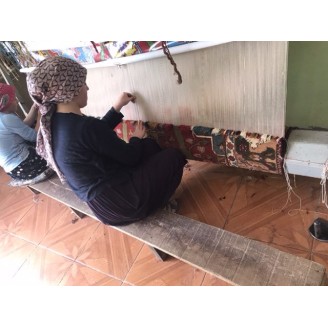
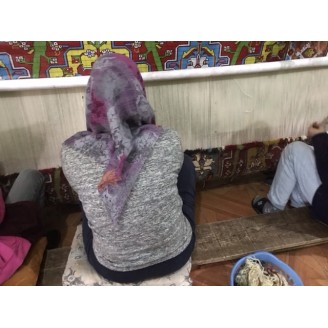
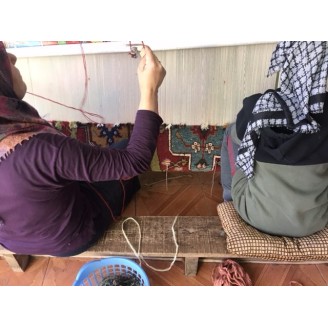
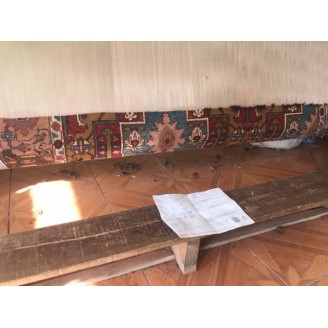
Model: ART00299The Barbieri Tree Design Carpet
Group: Northeast Persia Rugs Family
Area: Khorasan region
Material of Pile: Natural Dyed Hand-spun Wool
Material Warp / Weft: Wool on Wool
Structure: Symmetrical knot on depressed warp inclining to the right
Knots Density: 45x39
Pile (mm): 3
Production Place: Southeastern Anatolia – Diyarbakir - Yeniköy
Weight: 27.20kg
Location: Tokyo
Stock: In Stock
Dimensions:
The source of carpet comes from the book Orient Star - A Carpet Collection, E. Heinrich Kirchheim, Hali Publications Ltd, 1993 nr.64 and Islamic Carpets, Joseph V. McMullan, Near Eastern Art Research Center Inc., New York 1965 nr.26. This is a long Khorassan Compartment and tree design 17th-century carpet from Khorasan, Eastern Persia. The name of this carpet comes from the provenance of Piero Barbieri, Genoa. The basic design of this rug is essentially quite simple. The field is organized by alternate rows of smaller multilobed medallions and larger reciprocal cartouches. The medallions alternate in width and color, and from the wider ones, four trees of two species grow, filling most of the field. Both the medallions and the cartouches are decorated with palmette patterns. The border pattern is unusually simple, consisting of separate units, each of which displays a repeat design of diamond-shaped rosettes from which spring very heavy, forked arabesques. It seems that carpets of this type might have come from Northern Persia rather than the Northwest since the border design is less elegant than in those of the 16th-century Northwest Persian rugs from which it was derived. The most appropriate colors to match the original are used for this carpet.
Color summary: 11 colors in total, most used 4 colors are;
Color summary: 11 colors in total, most used 4 colors are;
- Imperial Red 426 (Madder Root)
- Dark Brown 316 (No Dye - Sheep’s own Color)
- Dusty Turquoise 340 (Spurge - Madder Root - Indigo - Walnut Husk)
- Natural Wool Color 320 (Natural Sheep's Color)
Dimensions:
6 ft 6 in x 12 ft 9 in ( 199cm x 389cm )
Price:
$22,000
Ex Tax: $22,000

